Return to theme table of content
Return to VJIC table of content
Hi, my name is Sabine Kutt and I would like to talk about the presentation of “Only Women can do that”. I will share my thoughts on the subject with you and will introduce the photographers. I am an art curator, photographer, ballet master and choreographer, born in the town of Jena in the former East Germany. I received my art education at the renowned Palucca School for Modern Dance and Classical Ballet in Dresden and at the University of Leipzig.
Let me tell you a bit about the “Only Women can do that” theme and how it came about. Actually, it started very simple. When I wandered through museums and galleries, I sometimes stopped in front of artworks, firmly convinced that only women could have created these pieces. Quite often I was right. Over time, this kind of observation has developed more and more into a game of discovery and of course the question arose as to what the feminine element and the female gaze in art actually is. It is the aim of these five presentations to discover and experience the special female view of our surroundings and our inner worlds.
The threads will introduce four female artists who transform their special female worlds and views into photographs to make them visible. Their work leads us to better knowledge and understanding, expanding our personal horizons of perception.
Each Theme tread will be built around interviews with each artist, discussing various artistic standpoints and the personal female gaze with photo examples. Each thread will include an exhibition of the artist work.
Only women can do that –
The feminine element in photography
To understand the feminine element in photography, it is best to ask ourselves a series of questions such as: What is the feminine element, and is it given or acquired? Why is this topic essential and current and what is its social relevance?
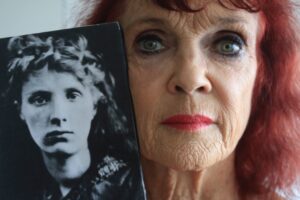
© Linda Troeller
First of all, the question arises whether this specifically feminine element even exists. And if we answer that positively, why it matters to photography. The answer to this question is a very clear ‘yes’, because the female as well as the male sex are determined biologically by birth. The socio-cultural component is then added by the social conditions and the individual living conditions. From this it follows that there is an especially female form of existence, connected with corresponding perceptions, worlds of thoughts and the resulting actions. Just as there is a male perception, a male view of the world, connected to a corresponding value system.
The research results from the neurosciences provide evidence of the emotional and intellectual differences. Since the latest findings from brain research in the 1990s and with the help of studies and many educational books, such as the Australian couple Allen and Barbara Pease, the differences have been clearly identified and made known to a wide audience. For example, it is scientifically proven that male and female differences are to a far greater extent a product of biology than a product of social circumstances. We are different because our brains are built differently. As a result, we experience the world differently, have different values and set different priorities. Not better or worse, but different.
What we have to keep in mind with the feminine element is the fact that male perspectives quite naturally determine our everyday life. They accompany us through our lives and are often not perceived as specifically male. It is quite simply the general and therefore binding social perspective. There is mostly consensus about this. But this is exactly the beginning of the distortion and the violent displacement of the feminine gaze.
To break away from these distortions and repressions is a challenge. When women part with the generally applicable observation patterns, they usually go through a long process. It leads from perception to knowledge and finally to a change in consciousness.
What we perceive is interpreted and judged by our value system. This in turn triggers feelings and resulting actions. In the main, it revolves around questions of self-determination. What do we decide for ourselves and what do others decide for us, even against our will? In this identification process, existing values are therefore questioned and replaced by new ones. These values can be very different things in other cultures and societies: access to education, the right to work, the right to vote, childcare, equal pay, opportunities for advancement.
And what is the relationship like in art? Compared to their male colleagues, works by female artists are commonly perceived as secondary. Women’s art is therefore often overlooked and usually significantly undervalued.
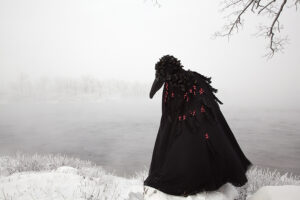
© Meryl McMasters
The path of self-discovery for women often triggers a shift in the entire value system. This is a long and sometimes very painful process. A wide range of injustices come to light, and a lack of respect and deliberate oppression become startling experiences. The moment inevitably comes when women hit the glass ceiling with their heads. All these life experiences strengthen the feminine consciousness and thus sharpen the view.
The feminine element in photography is directly linked to the artist’s conscious being as a woman. The more she clarifies this, the more consciously she can implement it in the work of art. Her constant search for self-discovery and redefinition leads to an expanded self-perception. It is not only about the representation of external things, but especially about the visualization of emotions and intuitivism. This is certainly one of the main reasons why so many women artists put themselves at the center of their art. A wonderful example of the feminine element in art is the work of conceptual-performance artist Marina Abramovic. Her self-image as a woman has always been the starting point for all her artistic work.
Sensory and emotional worlds are made tangible by the artists in the VASA internet presentations “Only women can do that” and thus made vivid and sensually accessible. The unspoken or what stands between the lines is converted into optical perception. The sensual, the intuitive, and the personality are closely connected. All of these feminine abilities have a magical attraction that can be found in many circumstances in life, including in art. They are the deeper element of the feminine gaze.
Women are also best known for their particularly pronounced skills of caring, affection, socializing and mediating between people. These are gifts from the cradle. Women are able to feel their surroundings sensitively and at the same time have an outlook over a very large radius. They perceive sensual things and processes to a greater extent and make them a part of themselves. All of these properties contain very strong emotional abilities and are also part of the feminine element.
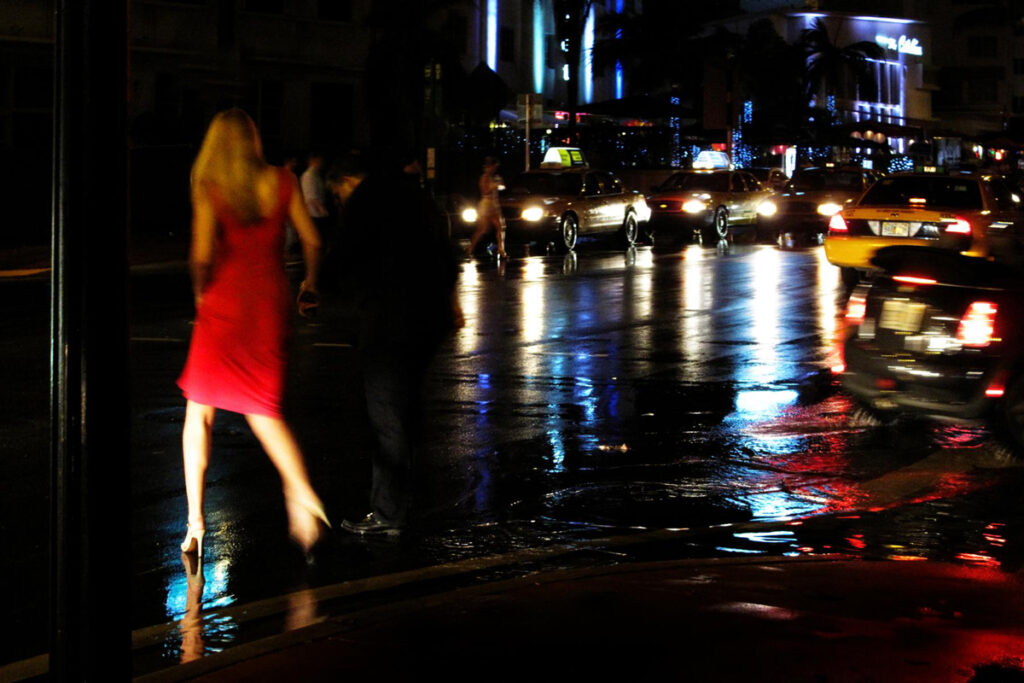
© Erika Anna Schumacher
As far as the question of social relevance, public attention is once again an essential necessity to highlight and stop the disregard of women’s rights. The global changes caused by digitization have unfortunately also created platforms on which women haters romp-around using the most vile and nefarious expressions and threats. We all know these include death threats as well.
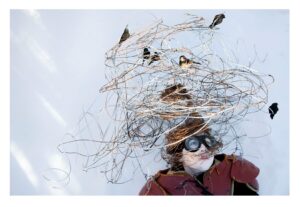
© Meryl McMasters
The killing of women is increasing worldwide. In addition, as a result of the corona pandemic, there is growing global impoverishment, which affects women in particular. Women lose their jobs disproportionately compared to men, or they give up their work in favor of raising children and thus become dependent on men. Domestic violence has increased massively as a result of the pandemic and there is very little help for the women affected. Populists all over the world are drumming against women’s rights and taking back reforms that have already been won. A current example of this is Turkey’s withdrawal from the European Istanbul Convention for the Protection of Violence against Women. The withdrawal took effect on July 1, 2021. International resistance to the exit has formed, supported by the global Me-Too movement.
Deriving from the above, it is imperative that we address the issues of women with emphasis. We, meaning all of us, without exception. If we really want to live in equal societies, we must turn to these problems and challenges.
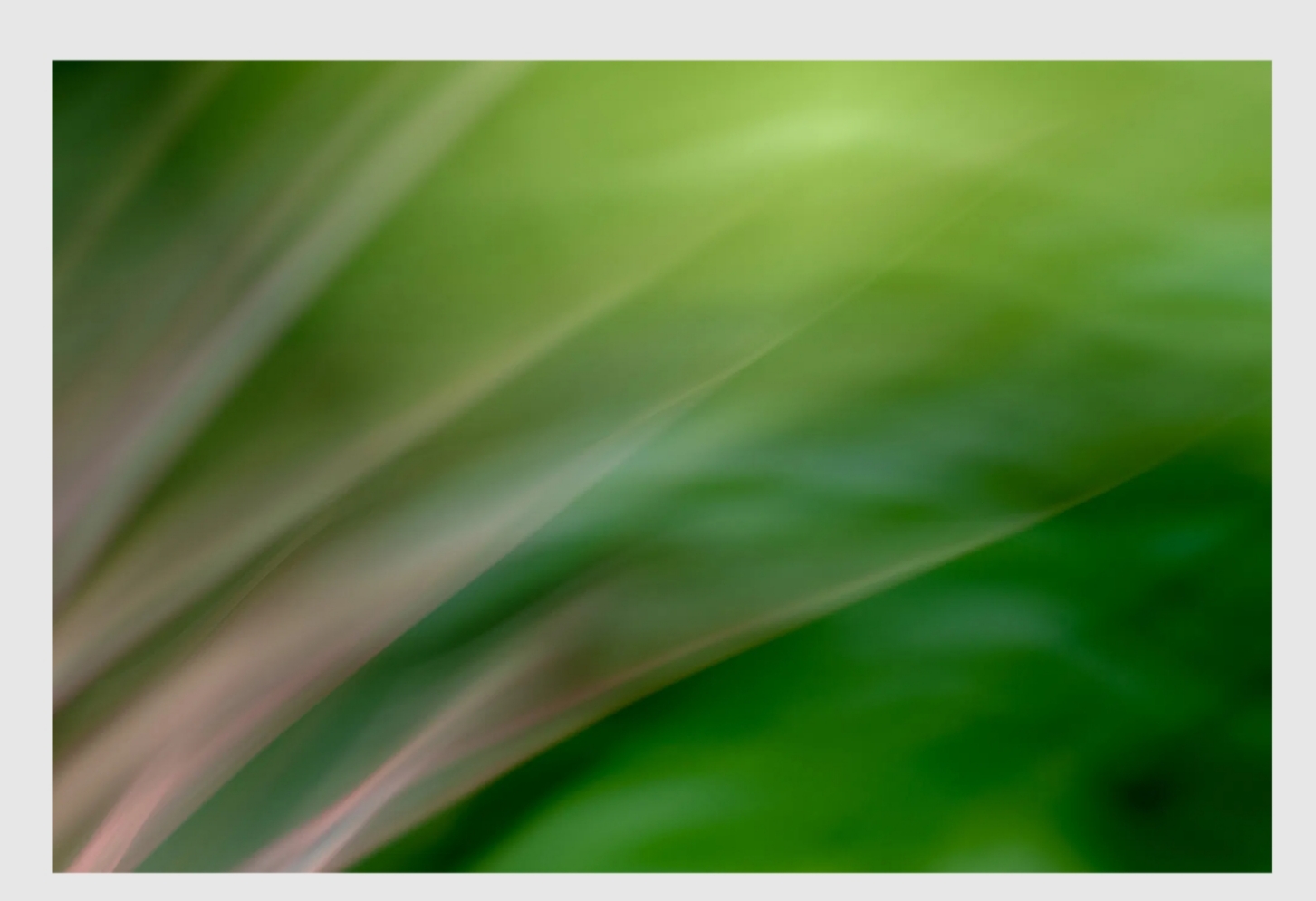
© Roxanne Darling
Looking at the photos teaches us to delve into the deep intellectual and emotional worlds of women in a sensitive way. The works testify to the intellectual depth of dealing with the various topics and the courage to show an unconventional personality. In particular, the courage to reveal emotions, because these disclosures make people extremely vulnerable.
The photos shown on the Internet platform VASA – Journal on Images and Culture are no coincidence, but the results of the creative and cognitive achievements of the artists. The intuitive elements in the works also show the clear position that all women take and that connects them with one another. Self-reflections are undertaken from a wide variety of perspectives. The range of representations could not be further diversified: from the reflections of the moment, to the search for traces of the past, to abstractions. They are like a dance of great solidarity.
Some words about each participating artist:
Linda Troeller, NYC, USA
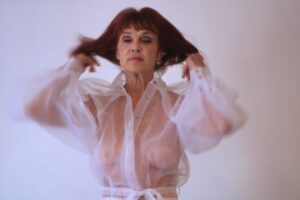
© Linda Troeller
Linda Troeller is a living legend. She first received international recognition with her TB-AIDS Diary in 1989. Then Linda turned to the subject of healing waters. The next step in her career was to deal intensively with the subject of the erotic lives of women. Linda Troeller lived at the legendary Chelsea Hotel in New York City when a new landlord took over in 2011. Unfortunately, she and many other permanent residents had to leave the hotel. Her book” Living in the Chelsea Hotel” pays homage to the hotel and at the same time reminds of the dramatic events. Linda Troeller’s projects have been always accompanied by exhibitions, lectures and book releases. Linda is currently working on a series of self-portraits called “Personal Opera”. She lives and works in New York City.
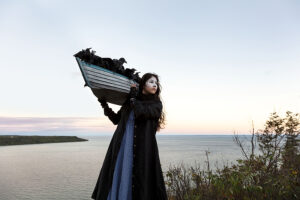
© Meryl McMaster
Meryl McMaster from Ottawa, Canada, is 33 years old and is already an important figure in the global art world. Her work is predominantly photography based, incorporating the production of props, sculptural garments and performance, forming a synergy that transports the viewer out of the ordinary and into a space of contemplation and introspection. She explores the self in relation to land, lineage, history, culture and the more-than-human world. Her work has been shown in many international solo exhibitions and Museums such as the National Gallery of Canada and the Smithsonian National Museum of the American Indian, and has been acquired by various public collections. Meryl McMaster attended the Ontario College of Art and Design University.
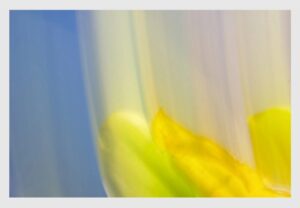
© Roxanne Darling
Roxanne Darling started later in her career as a photographer but made some quite impressive moves. Her work often includes a sense of whimsy and positivity. As a combined visual and conceptual artist, she is agnostic regarding her tools and has used photography to express her creative ideas. Roxanne is interested in the restorative powers of nature and how ‘nature deficit disorder’ affects the ways we treat ourselves, each other, and our environs. Roxanne was shown in solo and group exhibitions all over the USA and was published in many photography magazines and internet platforms. Roxanne lives and works in Santa Fe, New Mexico.
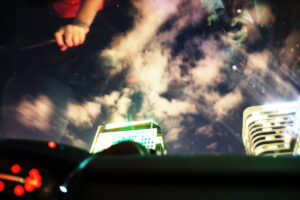
© Erika Anna Schumacher
Erika Anna Schumacher is a new shooting star, although she worked continuously and was very successful for many years. Last year she won the super prestigious International LensCulture Street Photography Awards 2020. Articles published in newspapers such as in the New York Times and Washington Post made her well known in the USA. Erika Anna Schumacher’s work captures life in moments of a certain longing and absence. Her images invite us to go on a search on our own and to ask ourselves: what is missing? She is interested in the context in which art is presented as well as the signs of human presence. Erika Anna studied art photography, painting, and interdisciplinary work at the HBK Essen, Akademie of Art.
